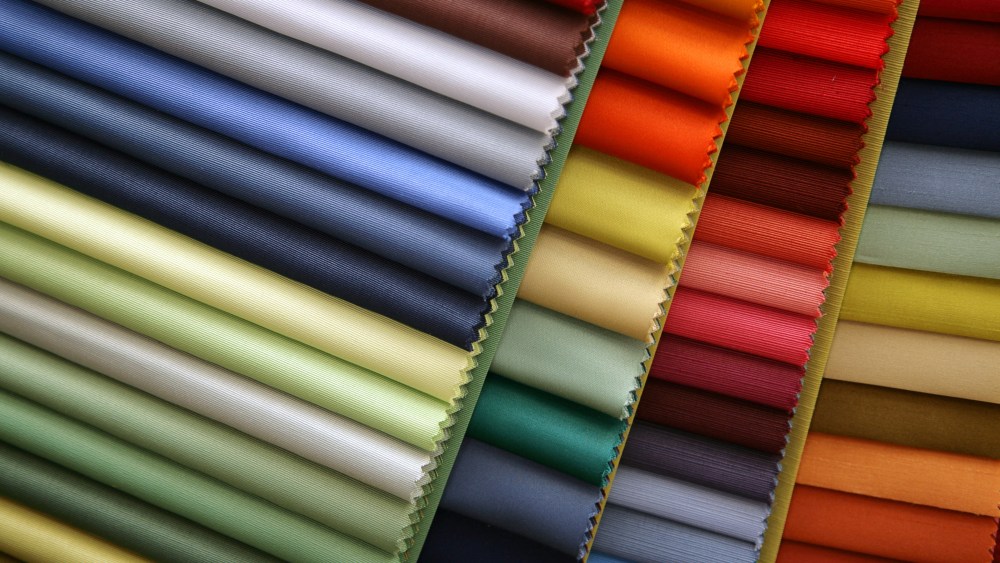Seasonal color analysis is having a moment, thanks in part to TikTok, where Gen Z and Millennial users regularly post pictures of a celebrity’s outfit-led glow-up once they apparently discover their colors or document their own journeys.
But the trend of finding which color outfits, makeup shades and hair hues suit a person best based on a number of factors not always clear to an untrained eye has actually been around since the 19th century and had other viral moments through the decades, particularly in the ‘80s.
“Color analysis is a long-standing practice that came into place first in the early 1900s,” says Carol Brailey, a Toronto-based image consultant, who has worked with seasonal color analysis for around 15 years. “A lot of people might think that color analysis was big in the ’80s and went away for a period of time. That’s not the case. Image consultants worldwide have been using color analysis for their clients in between these comeback phases.”
The practice is based on a system that analyzes the skin’s undertone, value and eyes to find which colors look best on a person. Once the analysis is complete, the individual in question is given a season, which has traditionally been centered around autumn, winter, spring or summer.
“Color analysis is about matching those three aspects of colors you wear for your hair, makeup, clothing and accessory colors with you,” explained Brailey. “When you do that, your skin appears brighter, vibrant, you appear younger, healthier. I call it adding to your sparkle. I also call it sort of getting a facelift without the surgery.”
The trend first went viral (when viral meant via word of mouth, books, newspapers and magazines) in the ’80s thanks to Carole Jackson’s book “Color Me Beautiful,” which was published in the previous decade and is based on four key seasons that each have their own palette of colors. With the tagline “discover your natural beauty through the colors that make you look great and feel fabulous,” the book was so popular at the time that it remained on The New York Times bestseller list for seven years, with more than 13 million copies sold.
Back then, winters were advised that they looked best in bold shades, black, white, red and jewel tones, while summers should opt for pastel shades of rose, periwinkle and sage. Autumns were best in moss, rust and terra cotta, and springs in turquoise, watermelon and salmon.
These days, most image consultants work with 12, 16 or even move sub-seasons. And Jelena Heger, a color consultant and founder of Unique to You Color, also based near Toronto, believes the advancement in the palette offering is one of the reasons behind its resurgence in popularity.
“Color analysis has actually advanced beyond the initial classifications,” she told WWD. “When it first came out, they only had about four seasonal categories. Gradually, when more people were analyzed, they realized that there were palettes in between those so the palettes have expanded. I personally work with a system that has 16 different color types.
“I think all of those facts have really combined to kind of reinvigorate this trend,” she continues. “It was a really big deal when it came out and now it’s kind of like the resurgence is coming out.”
That’s not the only change. In the ’80s, most color analysis sessions also took place in person with colorful swatches of fabric draped over the clients’ shoulders. Now, a large chunk of the business has become virtual with social media driving demand globally, as well as the pandemic exponentially increasing use of virtual meeting apps such as Zoom.
Dina Scherer, a wardrobe stylist and founder of Modnitsa Styling, notes that 2022 was a “groundbreaking year” in terms of how many people reached out, leading to her to switch to doing most of her consultations virtually.
“Now that I offer it almost only virtually, I get a lot of inquiries and it’s people who are both interested in learning about their color and then it kind of graduates to learning about their style, which is what I offer as a personal stylist.”
For virtual sessions, most consultants require photos of the clients in natural light without makeup, a childhood picture to show their natural hair color, a close-up of the eyes, palm and wrist, and a form filled out with any other relevant information.
But with the virtual world also comes the rise of numerous AI apps and filters that offer seasonal color analysis.
Nevertheless, for now, New York-based Scherer believes you can’t beat human analysis. “There are a lot of algorithms that don’t take into account that we are 3D humans and not 2D. Some of the characteristics that they work into the algorithms don’t necessarily cover those specifics that the human eye can appreciate.”

